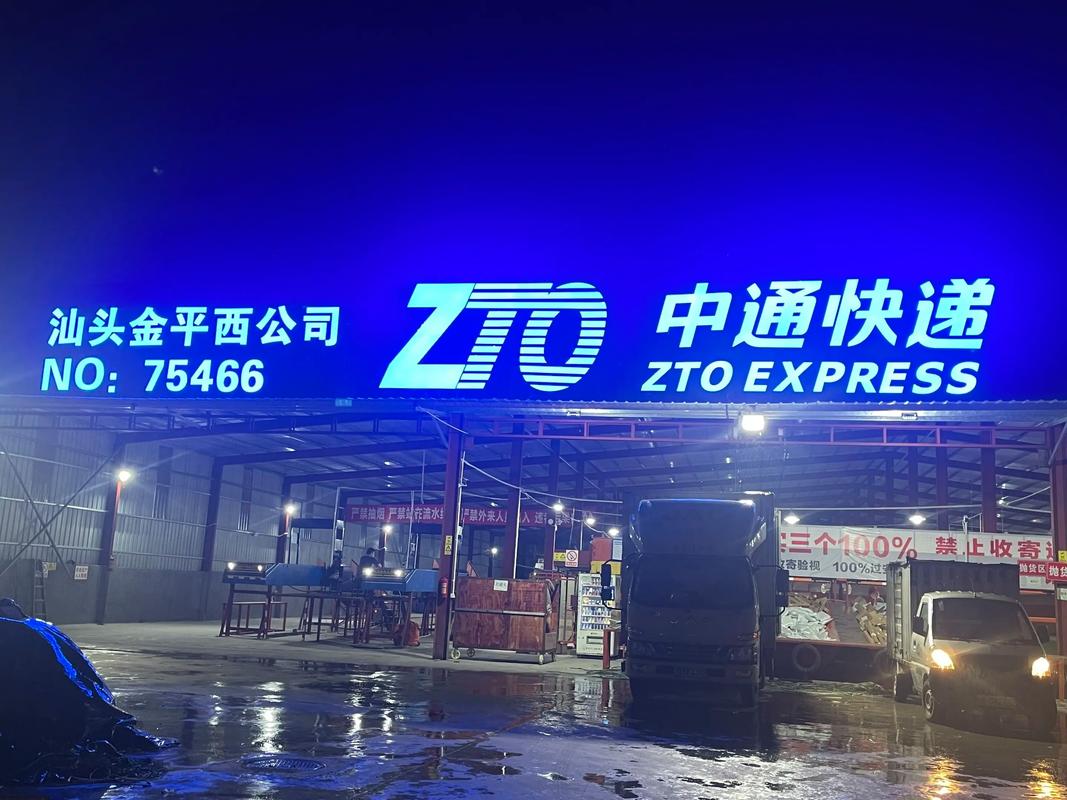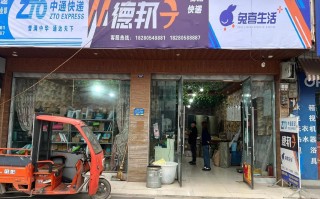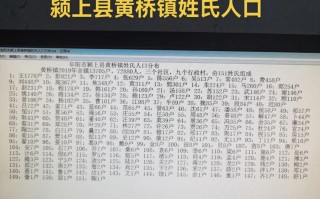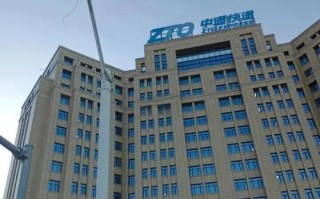行业背景:2025年中国快递业的“大年”与“挑战”
要理解北京中通的状况,首先需要看整个行业的大环境:

(图片来源网络,侵删)
- 业务量持续井喷:2025年,中国快递业务量首次突破500亿件大关,达到507.1亿件,同比增长26.6%,北京作为政治、经济、文化中心,是全国的快递枢纽之一,业务量位居全国前列,是各大快递公司必争之地。
- “价格战”白热化:为了抢占市场份额,快递企业间的“价格战”愈演愈烈,单票快递价格持续下降,行业平均单价已降至12-13元,严重挤压了利润空间,中通作为行业龙头,既是价格战的发起者之一,也是主要承受者。
- “最后一公里”问题凸显:随着业务量激增,末端派送压力巨大,快递员短缺、派送效率低、客户投诉(如送货不上门、服务态度差、包裹丢失破损等)在北京等大城市尤为突出。
- 监管趋严:国家邮政局等监管部门加强了对快递服务质量的监督,快递满意度、申诉率等成为衡量企业服务的重要指标。
北京中通快递的具体情况
在上述行业背景下,北京中通快递的具体表现如下:
市场地位与业务规模
- 龙头地位稳固:中通快递自2025年起稳坐全国快递业务量第一的宝座,在北京市场,中通凭借其庞大的网络覆盖和价格优势,拥有极高的市场份额,是许多电商(尤其是淘宝、拼多多等平台)的首选合作伙伴。
- 庞大的处理中心:北京拥有多个大型中通转运中心,例如位于平谷区的北京转运中心,这些中心是整个华北地区乃至全国网络的关键节点,负责快件的集中分拣和转运,2025年,这些中心每天处理的快件量以百万计,自动化分拣设备是应对海量包裹的核心。
- 末端网点覆盖广:在北京的各个城区、近郊甚至远郊区县,中通的网点和快递员数量都非常庞大,形成了密集的派送网络,确保了快件能够触达城市的各个角落。
运营特点与面临的挑战
- 价格优势明显:在北京激烈的竞争中,中通通过规模效应和精细化管理,提供了极具竞争力的价格,这对于对价格敏感的电商客户和普通消费者来说,具有很强的吸引力。
- “最后一公里”压力巨大:
- 人手短缺:北京生活成本高,快递员流动性大,招聘和留住人手是持续的难题。
- 派送效率与服务质量的矛盾:为了在低价下维持盈利,网点会严格控制成本,这可能导致快递员派送任务过重,出现“不打电话、不上门、直接扔驿站”等简化服务流程的现象,这也是2025年北京中通乃至整个行业被客户诟病最多的地方。
- 驿站与快递柜的普及:为了解决派送难题,北京的中通网点大量合作或自建快递驿站(如菜鸟驿站)、快递柜(如丰巢、格格等),这确实提高了效率,但也引发了部分客户希望“送货上门”的需求与实际服务之间的矛盾。
- 服务质量与投诉:由于业务量巨大和成本压力,北京中通的服务质量在2025年面临严峻考验,根据国家邮政局的数据,中通的服务满意度在主要快递企业中有时处于中等或偏下水平,申诉量也相对较高,主要问题集中在投递服务、快件延误和丢失损毁。
竞争对手情况
在北京市场,中通面临来自“通达系”其他三通一达(申通、圆通、韵达)以及顺丰、京东物流的激烈竞争。
- VS “通达系”兄弟:与申通、圆通相比,中通在网络稳定性、自动化水平和市场份额上优势明显,韵达是当时最强劲的追赶者,两者在业务量上差距不大。
- VS 顺丰:顺丰主打中高端市场,提供“次日达、即日达”和高质量服务,价格远高于中通,两者定位不同,但在电商大件、高价值物品等市场存在间接竞争。
- VS 京东物流:京东物流以其自营模式和极致的配送体验(尤其是“211限时达”)著称,主要服务于京东商城,其服务质量和口碑在北京市场有口皆碑,对中通等第三方快递在服务质量上形成了标杆压力。
总结与展望
总结2025年的北京中通快递:
- 成功的关键:它依然是北京快递市场当之无愧的“量王”,其核心优势在于强大的网络规模、无可匹敌的成本控制能力和持续的价格竞争力,牢牢抓住了电商发展的红利。
- 主要的痛点:其最大的挑战在于“量”与“质”的平衡,在追求业务量和市场份额的同时,如何提升服务质量、改善末端配送体验、降低投诉率,是中通在北京乃至全国面临的核心课题,2025年,它在“快”和“便宜”上做得很好,但在“好”和“省心”上还有很长的路要走。
展望未来(从2025年视角看):

(图片来源网络,侵删)
可以预见,快递行业的竞争将从单纯的价格战,转向服务质量、科技应用和供应链整合的综合实力比拼,对于北京中通而言:
- 科技投入:加大对自动化分拣、路径规划、大数据预测等方面的投入,进一步提升效率,降低对人工的过度依赖。
- 服务升级:推出更灵活的派送选项(如上门/驿站/快递柜多选),加强快递员培训和管理,提升客户满意度。
- 深化合作:与电商平台、商业地产、社区等合作,构建更完善的末端服务生态。
2025年的北京中通快递,是在高速狂奔中努力解决“成长的烦恼”的典型代表,它凭借规模优势占据了市场主导,但也深刻感受到了服务质量提升的紧迫性,这一年为其后续的发展奠定了坚实的业务基础,也指明了必须进行精细化和服务化转型的方向。

(图片来源网络,侵删)
标签: 2025北京中通快递新服务升级 2025北京中通快递时效提升方案 2025北京中通快递网点布局调整
版权声明:除非特别标注,否则均为本站原创文章,转载时请以链接形式注明文章出处。






